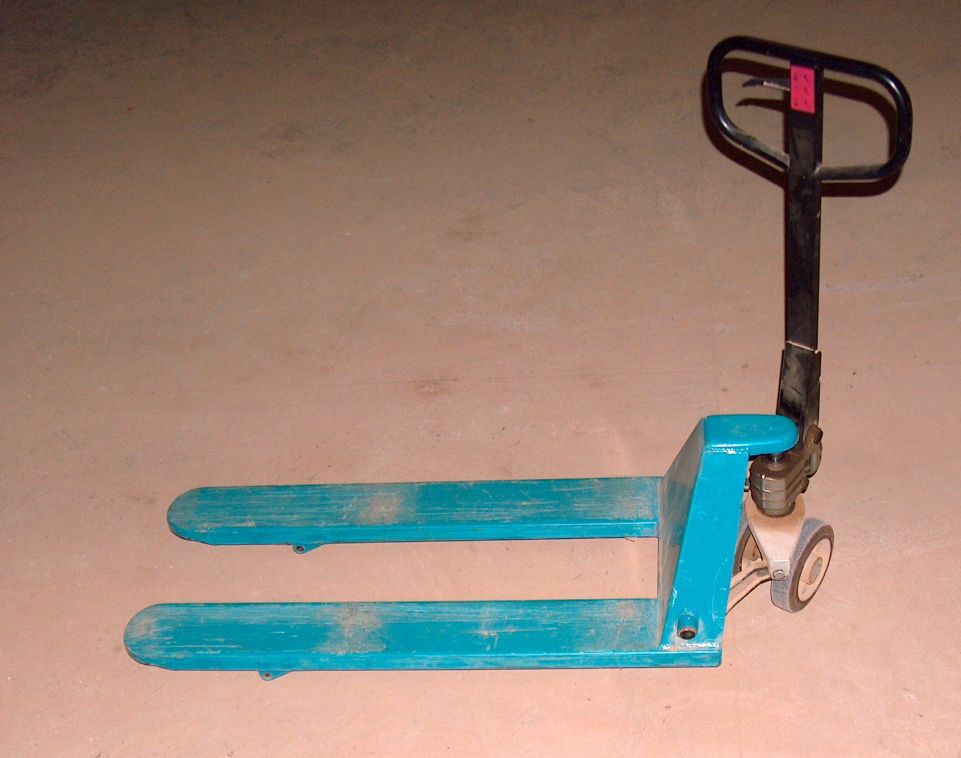Conveyors are used when material is to be moved frequently between particular points over a fixed path and when there is a sufficient flow quantity to justify the fixed conveyor expense.[4] Different types of conveyors can be characterized by the kind of product being handled: unit load or bulk load; the conveyor’s location: in-floor, on-floor, or overhead, and whether loads can  accumulate on the conveyor. Accumulation enables intermittent movement of every unit of materials transported along the conveyor, while all systems move at the same time on conveyors without accumulation ability.[5] For instance, while both the roller and flat-belt are unit-load on-floor conveyors, the roller provides accumulation capability as the flat-belt will not; similarly, both power-and-free of charge and trolley are unit-load overhead conveyors, with the power-and-free made to include a supplementary track in order to supply the accumulation capability lacking in the trolley conveyor. Examples of bulk-handling conveyors are the magnetic-belt, troughed-belt, bucket, and screw conveyors. A sortation conveyor program is used for merging, determining, inducting, and separating items to be conveyed to specific destinations, and typically contains flat-belt, roller, and chute conveyor segments as well as various moveable hands and/or pop-up wheels and planetary gearbox chains that deflect, push, or pull items to different destinations.[6]
accumulate on the conveyor. Accumulation enables intermittent movement of every unit of materials transported along the conveyor, while all systems move at the same time on conveyors without accumulation ability.[5] For instance, while both the roller and flat-belt are unit-load on-floor conveyors, the roller provides accumulation capability as the flat-belt will not; similarly, both power-and-free of charge and trolley are unit-load overhead conveyors, with the power-and-free made to include a supplementary track in order to supply the accumulation capability lacking in the trolley conveyor. Examples of bulk-handling conveyors are the magnetic-belt, troughed-belt, bucket, and screw conveyors. A sortation conveyor program is used for merging, determining, inducting, and separating items to be conveyed to specific destinations, and typically contains flat-belt, roller, and chute conveyor segments as well as various moveable hands and/or pop-up wheels and planetary gearbox chains that deflect, push, or pull items to different destinations.[6]